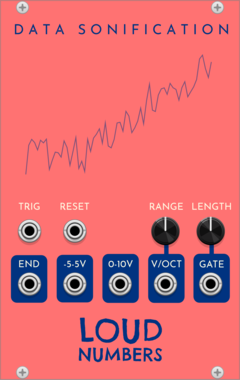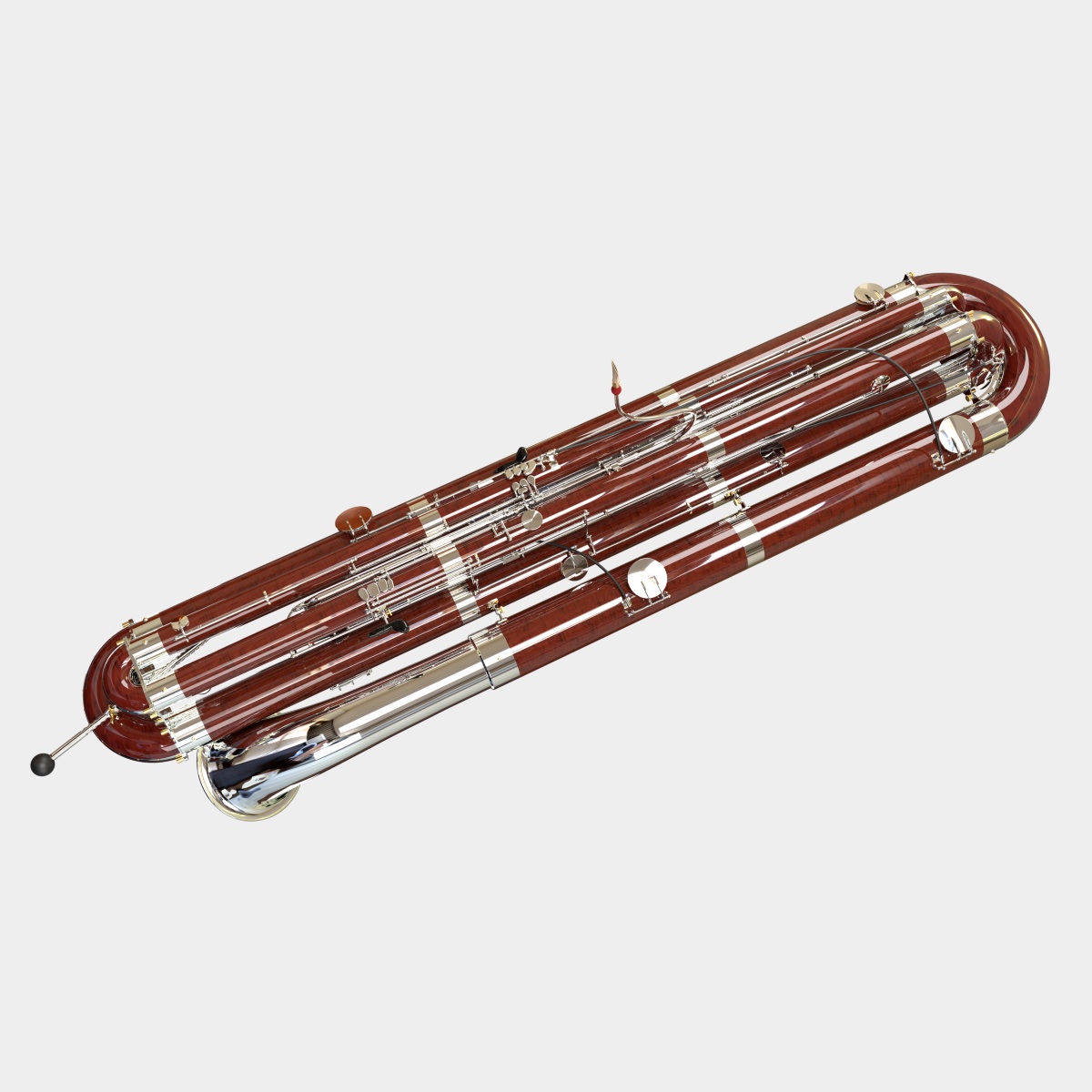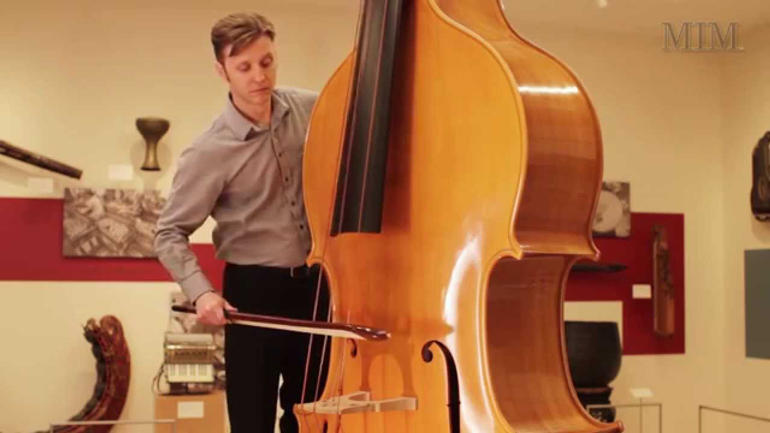Tenday Notes 21 Oct - 31 Oct 2022

Every ten days or so, I share a quick digest of what I've been working on and reading. Here's the latest. More in the series here.
I did a little work on the Loud Numbers Norns script this week, which brings data sonification to the Norns ecosystem. The original version of the script displayed your data onscreen as a bar chart that I coded by hand. But this wasn't super flexible and I knew there was a chart library in the Norns ecosystem already, so I patched the script to use that instead. I also added support for custom CSV separators (Europeans love using semicolons) and made the ordering of files and column names a bit more predictable.
I also pushed a small update to the Loud Numbers VCV Rack module that fixes a bug where closing and re-opening the software without selecting a CSV file would display "invalid CSV".

I'm enjoying maintenance work at the moment.
The gradually-then-suddenly nature of sustainable technology is well-known by now. But where's the tipping point exactly? Bloomberg reckons it's 5% - once five percent of a country's energy comes from renewables, a transition to widespread adoption is guaranteed.

Five percent isn’t a universal tipping point. Some technologies flip sooner, others later, but the basic idea is the same: Once the tough investments in manufacturing have been made and consumer preferences start to shift, the first wave of adoption sets the conditions to go much bigger.
There's a nice chart in the article too, showing the progress of all 87 countries that have passed that threshold. You might think 87 isn't a lot out of 195ish countries in the world. But China, the US, and Europe alone represent about 75% of global emissions.
The article also covers heat pumps, electric cars, and several other key sustainable technologies. Well worth a read, if only to imbue yourself with a little climate courage.
I loved this guy's website about building a homemade "subcontrabassoon". He is clearly All About That Bass(oon).

The standard contrabass tuba in C or B♭ is theoretically long enough to play the entirety of the subcontrabass register as pedal tones but—due to the limitations of human lungs and lips—can only do so with such difficulty and uncertainty as to render the register impractical. Woodwind instruments can, however, be curved and wrapped where a string instrument cannot. Furthermore, they are generally more efficient than their brass counterparts regarding air consumption.
In the same vein, here's an "octabass", tuned two octaves below a cello, whose lowest note resonates at 16hz - below the range of typical human hearing (which bottoms out at 20hz).

Don't skip out on the videos of both instruments being played. Ridiculous and joyful.
David Wallace-Wells:
Just ahead of COP27, the climate future looks both better and worse than it a few years ago. Belated action has made worst-case scenarios much less likely, but delay has made best-case outcomes impossible, too. So where are we headed? A long thread (1/x) https://t.co/fhw5GpSnoa
— David Wallace-Wells (@dwallacewells) October 27, 2022
Huh. There's been a mass theft of speed cameras across Sweden recently, and authorities believe the Canon DSLRs contained within have been sent to Russian to be used in improvised drones.
Mass theft of speed cameras across Sweden connected to war in Ukraine. According to SÄPO, more than 100 speed cameras (Canon DSLR) have been stolen in recent months, some of which have allegedly been sold to Russia(n proxies) & used in improvised drones https://t.co/3O922ImOzY
— Hugo Kaaman (@HKaaman) October 19, 2022
Finally, I don't record most of my modular ambient noodling, but I really liked how a piece I made on Friday came out, and so I figured I'd commit it to DAW. It's called "Green Streets". Enjoy.
- Duncan





